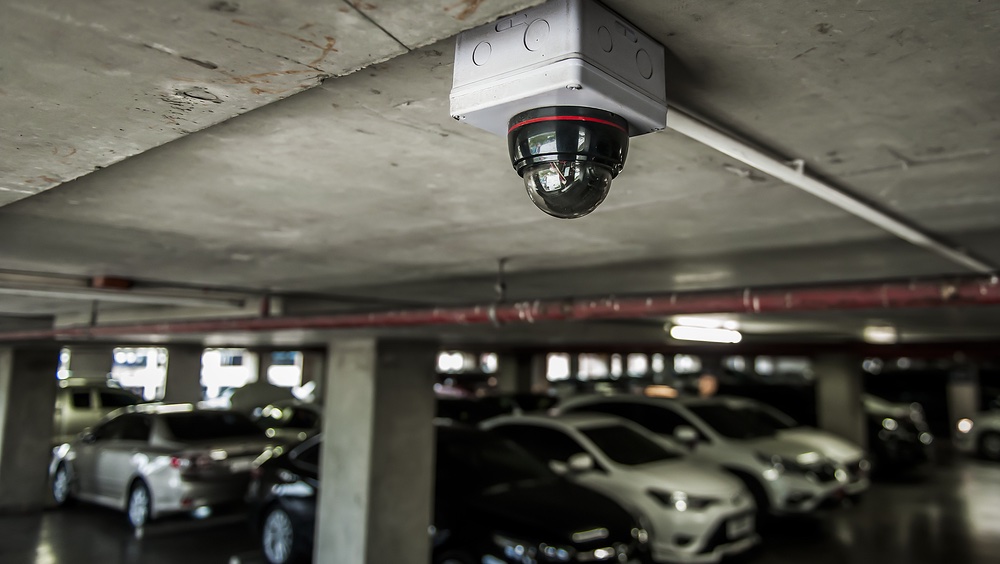
Researchers from the psychology departments at the universities of Lincoln and York, UK, and the University of New South Wales in Australia are investigating combining multiple poor-quality CCTV images into a single, computer-enhanced composite to potentially improve the accuracy of facial recognition systems used to identify criminal suspects.
They created a series of pictures using a ‘face averaging’ technique which digitally combines multiple images into a single enhanced image – removing variants such as head angles or lighting – so that only features that indicate the identity of the person remain. Study participants were asked to compare a high quality image with either a low quality pixelated image or one created using the image averaging method, and determine whether they depicted the same person or two different people. The results showed that both people and computer systems were better at identifying a face when viewing an average image that combined multiple pixelated images, compared to the original poor-quality images. In some cases, computer systems were able to reach 100 percent accurate face recognition.
“We know that not all CCTV systems have the luxury of high quality cameras, meaning that face identifications are often being made from poor quality images,” said project leader, Dr. Kay Ritchie, from the University of Lincoln’s School of Psychology. “We have shown that there is a relatively quick and easy way to improve pixelated images of someone’s face. We also know, anecdotally, that there are lots of different techniques that people can use as investigative tools to improve low-quality images, such as manipulating brightness. Our standardized face averaging method could help in suspect identification from low-quality CCTV footage where images from multiple different cameras are available, for example, from tracking a suspect along a particular route.”
